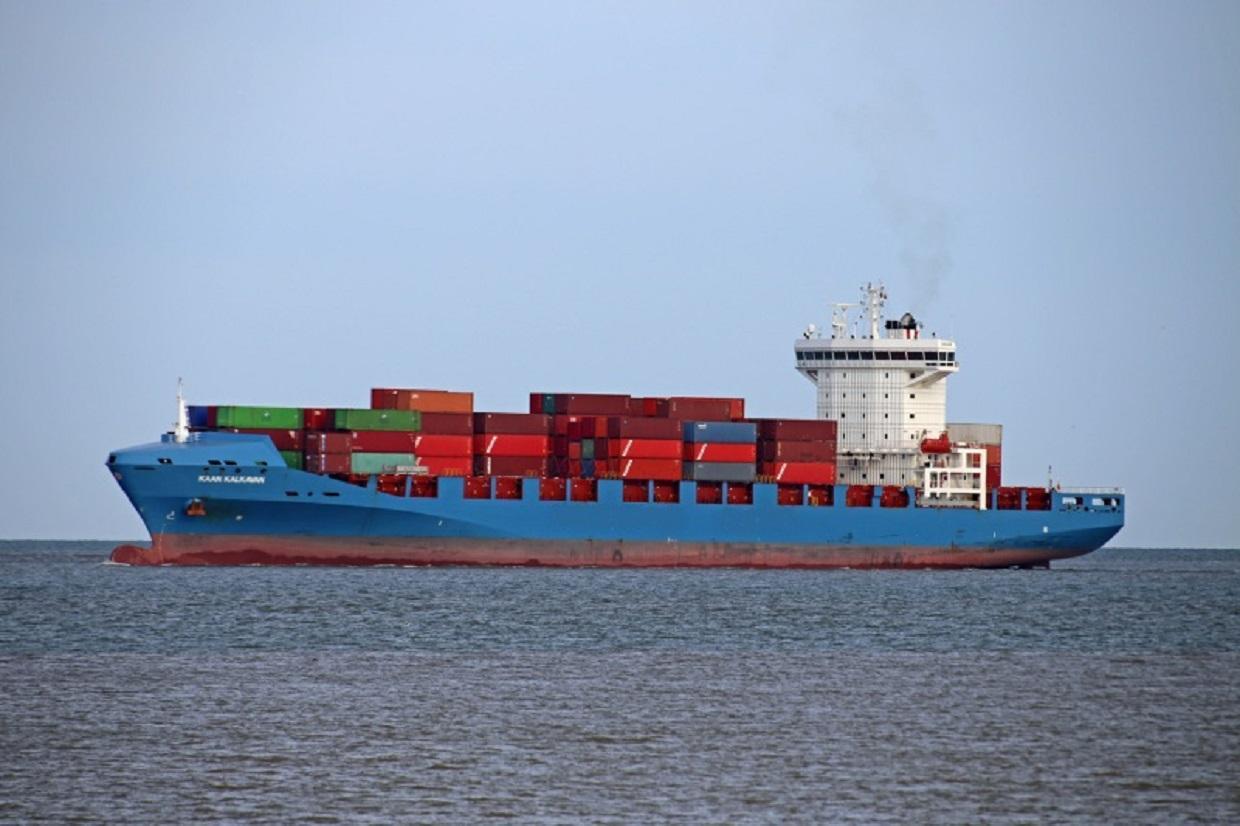Fleets of the Caspian amid emerging profitable trends

By Trend
Since the signing of the Convention on the legal status of the Caspian Sea in August 2018, the issue of Maritime transport, its regulation and security has risen to the forefront.
To understand what each of the five Caspian countries is capable of in the field of maritime trade, it is important to, at least, have an idea of the capacity of the merchant fleets of the littoral countries, the number and type of ships and their age.
Based on data received by Trend from Kpler, a data intelligence firm providing transparency on global commodity flows, there are 2199 vessels with total volume of $14.5 billion floating throughout the Caspian Sea.
The greatest amount falls upon small dry cargo vessels (813) with total value of a little more than $1 billion.
Tankers follow second (756), with a total value of nearly $8 billion. By the way, it’s symbolic that in 1877, thanks to Ludvig Nobel, the first oil tanker in the world was launched in the Caspian Sea, in the port of Baku, which sailed away with its cargo on-board to the Russian city of Astrakhan and then on the Volga river to the interior of the Russian Empire.
Russia leads the list with 1655 vessels, from which there are 612 tankers and 692 small cargos. Iran ranks the second with 65 tankers and 82 small cargos. Then there is Azerbaijan with 61 tankers and 27 small cargos. Kazakhstan and Turkmenistan own a limited number of vessels against the mentioned countries.
Other types of vessels floating on the Caspian are few in number.
This precisely reflects the nature of trade relations of the littoral states existed long before adoption of the Caspian Convention.
According to data from online public sources, Kazakhstan and Turkmenistan have the youngest merchant fleets (considering only dry cargo and tankers) with an average age of vessels being 12-13 years. The average age of the commercial fleet of Azerbaijan is 21-22 years. The most ageing are the Russian and Iranian fleets with average 27-29 years.
Recently, new developments have begun to emerge around the Caspian Sea region, which makes it necessary to change the traditional strategy. This applies to both freight and passenger traffic.
Thanks to its geographical location (centrality and equidistance from northernmost and southernmost coasts), the Baku port has been and continues to be the largest and most important port on the Caspian Sea.
So far, the port has been a sole leader in passenger transportation across the Caspian Sea as it possesses the biggest passenger fleet on the Caspian, which contains about 20 ferries and passenger ships, although, for the sake of justice, it’s worthy to note that most of them are morally and physically outdated.
Based on density maps, it comes obvious that around the port of Baku there is the highest traffic intensity on the sea, especially what concerns passenger transportation to and from ports of Turkmenbashi (Turkmenistan) and Aktau (Kazakhstan).
So far, these local sea trips have been mostly of a business or personal nature, but for some time some Caspian countries have been exploring the establishment of cruise tourism, which can bring significant revenues.
The first high-class Caspian cruise ship is being built at Russian shipyards and is planned to be launched in 2020. In the future, Caspian Sea can have a solid chance to become attractive for international tourism.
As for cargo transportation, today there are a number of projects for the development of transport corridors involving Central Asia-Caspian-South Caucasus region, and almost all of them suggest crossing the sea. Therefore, the Caspian countries have an excellent opportunity to make a great profit from the transit of international goods.
The opening of the land “window to Europe” – the Baku-Tbilisi-Kars railway – makes adjustments to the old strategy of coastal countries regarding the composition of their merchant fleets.
If, for the transportation of oil and oil products, there is a sufficient number of tankers, then the increasing flow of goods, especially from China to Europe and back, will require relatively new types of vessels, namely container ships and ferries for the transport of container trains.
According to Kpler, so far only Russia and Iran have a small number of container ships in the Caspian (19 and 25, respectively).
The chart below gives a relative insight of activities in the main Caspian ports.
Share of vessels by type, arrival and departure within last 30 days (%)
|
Aktau (KZ) |
Baku (AZ) |
Alat (AZ) |
Astrakhan (RU) |
Makhachkala (RU) |
Amirabad (IR) |
Anzali (IR) |
Turkmenbashi (TM) |
|
|
Cargo |
75 |
11 |
60 |
46 |
33 |
78 |
30 |
45 |
|
Tanker |
25 |
12 |
1 |
12 |
53 |
5 |
1 |
14 |
|
Passenger |
- |
13 |
32 |
- |
- |
- |
- |
29 |
|
Other |
- |
64 |
7 |
42 |
14 |
17 |
69 |
12 |
* Other types include tug boats, rescue vessels, fishing vessels, special craft, unspecified vessels etc.
Source: Marine Traffic
--
Follow us on Twitter @AzerNewsAz
Here we are to serve you with news right now. It does not cost much, but worth your attention.
Choose to support open, independent, quality journalism and subscribe on a monthly basis.
By subscribing to our online newspaper, you can have full digital access to all news, analysis, and much more.
You can also follow AzerNEWS on Twitter @AzerNewsAz or Facebook @AzerNewsNewspaper
Thank you!
